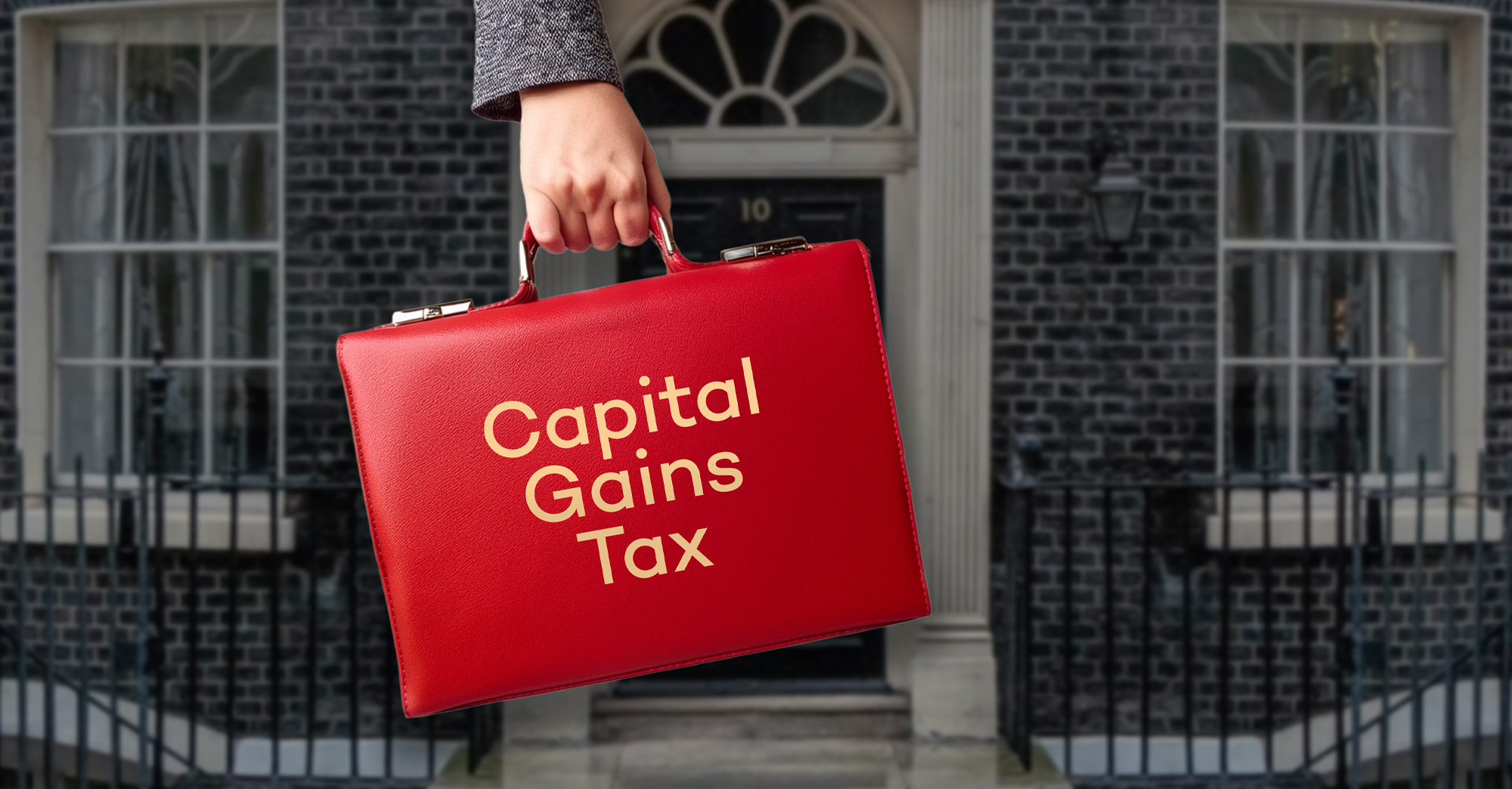Fears are growing in the UK housing market over Chancellor Rachel Reeves’ Autumn Budget plans to increase property tax. Reports suggest Labour may introduce Capital Gains Tax (CGT) on home sales, a move that could have a major impact on the UK housing market.
Rachel Reeves is looking for options to fill a financial ‘black hole’ and reports suggest Labour may introduce Capital Gains Tax on main residence home sales. It’s tempting because main residence relief is the UK’s largest tax relief, “costing” £31bn. But the evidence suggests the opposite: it would slash housing transactions, disrupt property chains, and could even raise less tax overall.
Writing in the I Paper, Dan Neidle argues that Stamp Duty Land Tax (SDLT) is already doing huge damage, and the last thing we should do is add yet another property tax. SDLT, paid when you buy a property, is an unpopular tax that discourages many people from moving.
The effect of stamp duty is significant. Figures from the Office for Budget Responsibility (OBR) suggest that stamp duty is deterring about 70,000 house purchases every year. Each of these lost transactions has a cost: reduced labour mobility, inefficient land use, and slower economic growth. Beyond that, a property sale or purchase supports a host of industries — solicitors, estate agents, financial advisors, removals firms, and tradespeople. These transactions generate jobs and tax revenue through VAT, income tax, and National Insurance. There’s also the human cost: being unable to move house makes people miserable.
So reports that ministers are considering charging Capital Gains Tax (at 24% for higher-rate and 18% for basic-rate taxpayers) on sales of people’s homes is causing great concern. Currently, CGT is only charged on second homes, not main residences. The result of extending it would be a collapse in UK housing transactions – OBR data implies volumes would fall by over 45,000 a year.
Take as an example someone who bought an average detached house in 2010 for £250,000. It could now be worth £440,000. Moving to another £440,000 home already triggers £12,000 of stamp duty tax. Add CGT: that £190,000 gain implies £45,000 of tax. For most households that’s unaffordable.
That’s why no developed country fully taxes gains on a main residence. Many simply exempt them (e.g. France, Germany, Australia, Denmark, Ireland) and others allow deferral when you buy a new residence (e.g. Switzerland and Sweden). The US exempts the first $250,000 of gain ($500,000 for married couples).
Would CGT on Expensive Homes Solve the Problem?
It’s been suggested that CGT could apply only to homes over £1.5m. But this would be unfair, distortive, and likely raise far less revenue than expected. Adding a massive new cost to selling a house would reduce transactions, lowering both CGT revenue and stamp duty revenue.
This “chain reaction” means taxing only expensive homes could actually reduce overall property tax revenue, as fewer high-value sales would drag down sales across the wider market.
So what’s the answer?
Dan Neidle suggests the UK should replace stamp duty and council tax with a land value tax(LVT) – an annual levy on the undeveloped value of land. Unlike transaction taxes like stamp duty, LVT doesn’t punish people for moving.
He argues it discourages land hoarding, accelerates development, and has support from economists across the spectrum – from the Institute for Fiscal Studies to the Adam Smith Institute and the Resolution Foundation.
The bottom line is clear: instead of punishing people for moving home with stamp duty and capital gains tax, we should reform the UK property tax system to support growth, mobility, and fairness.









